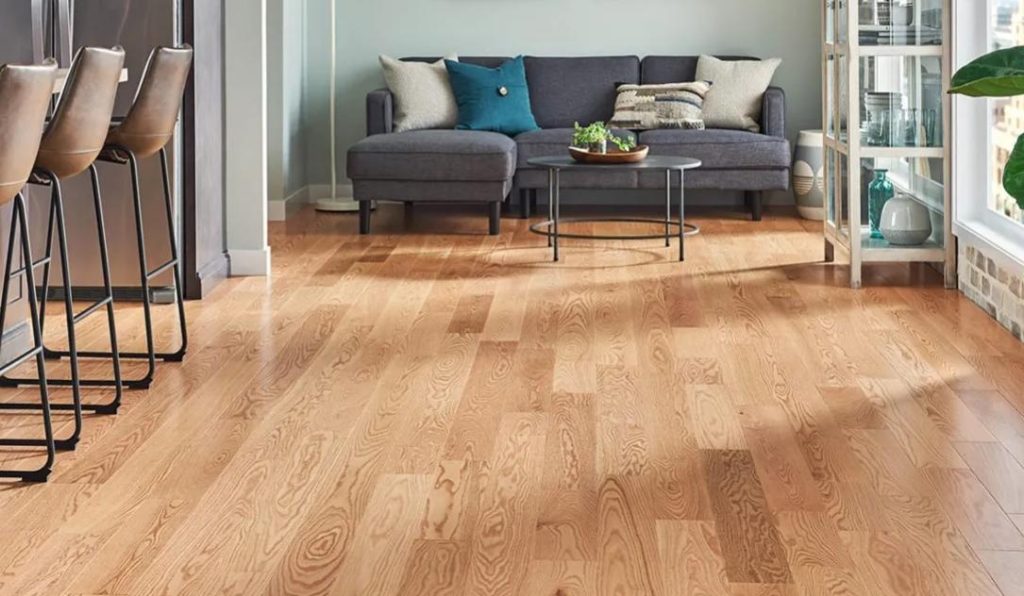When selecting the perfect flooring for your home or business, engineered wood floors and laminate flooring are two popular choices. Both offer aesthetic appeal and durability, but their construction, maintenance, and longevity differ significantly. Understanding these distinctions will help you make an informed decision based on your needs, budget, and lifestyle.
Composition and Structure
The primary difference between the two lies in their composition. Engineered wood flooring consists of a top layer of real hardwood bonded to multiple layers of plywood or high-density fibreboard. This structure enhances its stability and reduces expansion and contraction due to temperature changes.
On the other hand, laminate flooring is entirely synthetic. It features a high-resolution printed image of wood on a compressed fiberboard core, covered with a protective wear layer. While modern laminate designs closely resemble real wood, they lack the depth and layer of authenticity of engineered wood.
Durability and Lifespan
Both flooring types are designed for durability, but their longevity varies. Engineered wood flooring, with proper care, can last 20–30 years or more. Since it has a real wood veneer, it can be sanded and refinished a couple of times to restore its original beauty.
Laminate flooring, while highly resistant to scratches and stains, has a shorter lifespan of 10–20 years. It cannot be refinished, so once the surface wears down, replacement is necessary.
Moisture Resistance and Suitability
If you’re considering flooring for moisture-prone areas such as kitchens, bathrooms, or basements, moisture resistance is an essential factor. Laminate flooring has a water-resistant top layer, making it more suitable for damp environments.
While engineered wood is more stable than solid hardwood, it is still susceptible to water damage if exposed to excessive moisture over time. For high-humidity areas, laminate flooring or specially treated engineered wood may be better options.
Aesthetic Appeal and Realism
For those who prioritize visual appeal, engineered wood flooring offers the warmth, texture, and natural variations of real hardwood. It adds a sense of luxury and character that laminate flooring cannot fully replicate.
Laminate flooring has come a long way in design, with high-definition printing and embossed textures creating a wood-like appearance. However, upon close inspection, it lacks the authentic grain and variation found in real wood.
Installation and Maintenance
Both options are relatively easy to install, often featuring a click-lock system suitable for DIY projects. However, engineered wood may require professional installation, especially if glued down.
In terms of maintenance, laminate flooring is easier to clean due to its synthetic, scratch-resistant surface. Engineered wood requires more careful handling to prevent scratches, dents, and water exposure.
Your decision depends on your specific needs. If you want longevity, natural beauty, and a high-end finish, engineered wood floors are the better. However, if affordability, moisture resistance, and low maintenance are your priorities, laminate flooring may be the more practical choice.
By weighing these factors, you can confidently select the flooring that best suits your space, ensuring both style and functionality.

